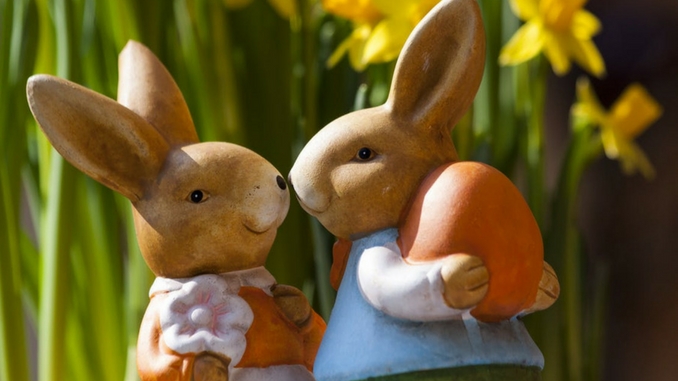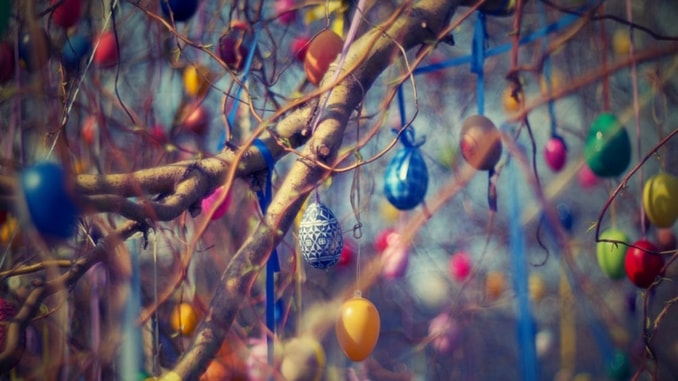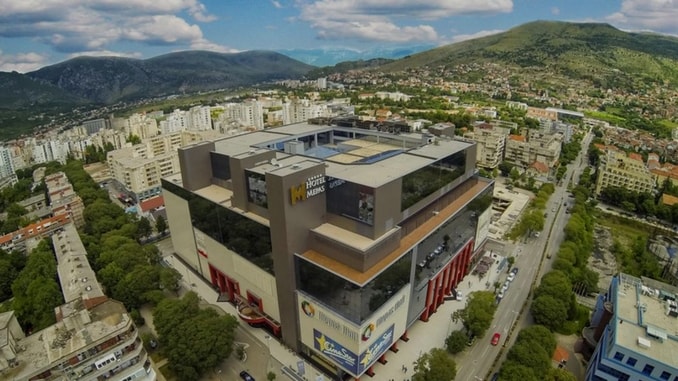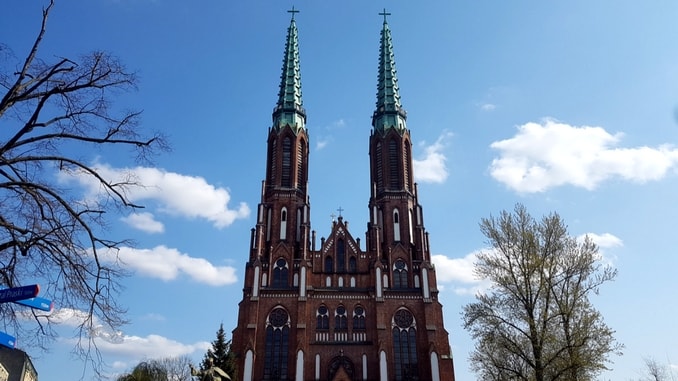EASTER is just around the corner – and millions of people around the world are gearing up to celebrate this important day of the Christian calendar. Easter Sunday celebrates Christ’s resurrection from the dead, following the crucifixion. It has been called a moveable feast because it doesn’t fall on a set date every year, as most holidays do. Instead, Christian churches in the West celebrate Easter on the first Sunday following the full moon after the vernal equinox on March 21. Therefore, Easter is observed anywhere between March 22 and April 25 every year.
Where did the word “Easter” come from?
The exact origins of this religious feast day’s name are unknown. Some sources claim the word Easter is derived from Eostre, a Teutonic goddess of spring and fertility. Other accounts trace Easter to the Latin term hebdomad alba, or white week, an ancient reference to Easter week and the white clothing donned by people who were baptized during that time. Through a translation error, the term later appeared as esostarum in Old High German, which eventually became Easter in English. In Spanish, Easter is known as Pascua; in French, Paques. These words are derived from the Greek and Latin Pascha or Pasch, for Passover. Jesus’ crucifixion and resurrection occurred after he went to Jerusalem to celebrate Passover (or Pesach in Hebrew), the Jewish festival commemorating the ancient Israelites’ exodus from slavery in Egypt. Pascha eventually came to mean Easter.
What happened on this day?
Easter Sunday is a happy day for Christians all over the world, as they believe that Jesus rose from the dead and that this resurrection symbolizes that death is not the end. The Sunday after his death Mary Magdalene visited the tomb and found that not only had the stone been moved, but the body of Jesus was not there anymore.
Jesus was seen later that day by Mary, and other disciples and for forty days by many others.
The actual word “Easter” does not appear in the Bible and there aren’t any early church celebrations mentioned. It appears that Easter, like Christmas, developed later in church history.
Did You Know?
Over 90 million chocolate Easter bunnies are made each year.
How is it celebrated?
Many Christians will go to church for a special Easter sermon and later exchange Easter eggs.
What is the golden number?
Readers often ask about the Golden Number which is used in calculations for determining the date of Easter. It’s a number in the 19-year cycle of the Moon. (The Moon repeats the dates of its phases approximately every 19 years.)
Add 1 to any given year and divide the result by 19; the remainder is the Golden Number. If there is no remainder, the Golden Number is 19.
What do you eat on Easter?
- Hot Cross Buns are traditionally served on Good Friday. A Hot Cross Bun is rich, spiced tea cake.
- Boiled eggs are traditionally served at breakfast.
- Roast lamb, which is the main dish at Jewish Passover, is the traditional meat for the main meal on Easter Day.
- Simnel cake is baked for tea.
- Simnel cake.
- Easter Biscuits.





